Black History Month: He Sees Dead People
My mother tells this story of being so exhausted that she couldn’t get up to rock my older brother, her first child, back to sleep in the middle of...
AP & Honors Mathematics
Explore Wiley titles to support both AP and Honors mathematics instruction.
Literacy Skills & Intensive Reading
Connections: Reading – Grades 6–12
Empower student success with a proven intensive reading program that develops strong reading skills in striving readers.
Drama, Speech & Debate
Basic Drama Projects 10th Edition
Build students’ confidence and competence with comprehensive, project-based theatre instruction.
Literature
Connections: Literature
Support learners as they study dynamic, relevant texts and bring the richness of diverse voices to students through literature.
Literature & Thought
Develop critical thinking, reading, and writing across literacy themes, genres, historical eras, and current events.
Language Arts
Vocabu-Lit® – Grades 6–12
Help students build word power using high-quality contemporary and classic literature, nonfiction, essays, and more.
Connections: Writing & Language
Help students develop grammar, usage, mechanics, vocabulary, spelling, and writing and editing skills.
Reading/English Language Arts
Measuring Up to the English Language Arts Standards
Incorporate standards-driven teaching strategies to complement your ELA curriculum.
English Language Learners
Measuring Up for English Language Learners
Incorporate research-based best practices for ELLs with an approach that includes a focus on language acquisition strategies.
Mathematics
Measuring Up to the Mathematics Standards
Incorporate standards-driven teaching strategies to complement your mathematics curriculum.
Foundations
Measuring Up Foundations
Help students master foundational math skills that are critical for students to find academic success.
Science
Measuring Up to the Next Generation Science Standards
Give students comprehensive NGSS coverage while targeting instruction and providing rigorous standards practice.
Assessment
Measuring Up Live
Deliver innovative assessment and practice technology designed to offer data-driven instructional support.
For a better website experience, please confirm you are in:
5 min read
-1.png) Michael M. Guevara
Feb 22, 2022 5:09:05 PM
Michael M. Guevara
Feb 22, 2022 5:09:05 PM
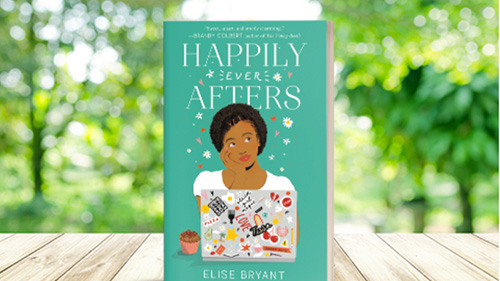
Back when I taught at Southwest High School in San Antonio, Sharri Peterson, who dubbed herself my work wife, was my school spirit partner. Whenever there was a school spirit dress-up day, everyone knew Sharri and I would collaborate and a selfie would follow.

And even if it weren’t a spirit day, Sharri and I were known for our selfies or for stopping students in the hallway (they were already late anyway) to have them take pictures of us in our fits. “We cute” was our mantra.
But Sharri was also my book buddy. We were the two pushing diverse texts and doing everything we could to get contemporary books into our classrooms.
Until we weren’t.
When Sharri started graduate school to get her administrator certification, she fell into the reality that many graduate students face—no ludic reading while you are bombarded with assignments and academic reading. (This is why teachers making time in class for independent/choice reading is vital, but that is a post for another time.)
But there was a change in Sharri’s reading that started before graduate school. In the zeitgeist of George Floyd, Breonna Taylor, and all the anti-Black Lives Matters spewed across social media, Sharri told me she grew weary of what she dubbed trauma reading. Yes, she wanted students to have diverse texts, but as a Black woman who can’t close a book and pause the Black experience, she was too tired from living that experience on the daily to then also have it constantly thrust at her in the pages of a book.
Which is why I called her in the middle of reading Happily Ever Afters by Elise Bryant. Yes there are the microaggressions people of color deal with regularly, but this was not a Black trauma book, it’s also not why I called her about the book.
A few days before calling Sharri, I saw one of her TikToks where a student in her class was helping her with her baby hairs. And from years of selfie-ing with Sharri, I know she is all about her hair and her wigs, which is why these words from the book jumped out to me.
After I’m finally done, I step out of the shower, place a towel over my shoulders, and then divide my hair into four sections so I can start raking in my current rotation of creams and conditioners. I have to handle each section differently, delicately, because while most of my hair is 4A, the very top is more 4C, and the right side is definitely 3B. They each have their own specific hand movement and saturation of products to get the curls all uniform.
Like I said, it’s a process. (17–18)
She laughed when I read this section to her after telling her about seeing the baby hairs video. And that is the refreshing element of this book. It speaks to the experiences of a diverse audience. Readers who never see their regular, everyday experiences in the pages of the book can relate, can see themselves and not have to experience trauma to get there.
Happily Ever Afters has a Black girl protagonist, Tessa, but her major conflicts involve not seeing herself reflected in the romance novels she’s drawn to, feeling like she doesn’t belong in the writing program of the prestigious art school she’s been accepted to, and getting noticed by the boy at her new school who happens to be the living embodiment of the main character in the romance novel she is writing.
Happily Ever Afters is fun, full of charm, and a sweet treat (this will make complete sense after reading the book) that is perfect for sharing with a book buddy and selfie partner.
Mini Lesson
Safety First: Building the Writing Workshop
In Happily Ever Afters by Elise Bryant, 16-year-old Tessa Johnson is excited about being accepted to the writing program at the prestigious art school Chrysalis. She is even more excited that she’s been admitted into the conservatory class The Art of the Novel, taught by a “celebrated fantasy author.” (40)
But she is also nervous when her best friend from her old school reminds her: “I just mean, you know, feedback is good for everyone. And sharing their work is what writers do, isn’t it? That’s the whole point of writing…right?” (30)
And that is exactly what happens. On the first day of class, the author/teacher tells the students they will have time to write in class and, “At the end of the day, we will come together and workshop the writing of one student.” (73)
But the notion of having everyone in class read her work freaks Tessa out, “But with my hands ready on the keys, two hours to write in front of me…nothing. No words come.” (76)
Yes, feedback for writers in workshop is important for writers, but so is building community. Before writers can feel comfortable sharing their writing in class, teachers need to think about safety first by building a community where students feel free to share their writing.
While there are any number of books and resources on creating a workshop model in class, these are tips and reminders for teachers on building safety through creating community.
Invitations: Long before giving students feedback on their writing, invite them to write. This may seem no-brainerish, but assigning writing/telling students to write is not the same as inviting them to write. In some of the writing workshops I’ve conducted, we begin with actual invitations. Writers receive an envelope with an invitation inside. Writers open the invitation, which is a blank card, and they are invited to join me in writing.
Join the Party: Create community in the writing workshop by joining the community. When we ask students to write, we should also write. When we write with our students, we can then share our writing with students and ask for their feedback. We model the behavior and expectations we have from writers in the community.
Party Favors: One of the best parts of a party is the swag you go home with. In the writing workshop, swag is as simple as what we write on. In Eric Jensen’s Teaching with the Brain in Mind, Jensen addresses the impact of novelty on learning. Sometimes just changing the writing surface makes students want to write more. We have written on colored index cards, colored paper, brown paper lunch bags, and on foil sheets with Sharpies. Post-it® notes and grocery list pads are also easily accessible writing surfaces. If you can connect the writing invitation to the writing surface, like writing about a lunchtime experience or favorite lunch on a brown paper bag, that can also help.
Start Small Before Going Big: Asking anyone to share a piece of writing with strangers for critique, even seasoned writers, is a daunting task. Give students frequent opportunities to write and then break them into small groups to share their writing. Student feedback can be as simple as one thing I like and one question I have. Acts of Teaching by Joyce Carroll and Eddie Wilson offers a number of grouping activities to use for student writers. Sharing with a single partner is also easier for students than immediately sharing with the whole class.
Interested in buying any of the books mentioned in this post? Visit our classroom libraries page.
Feedback is important for writers, but sharing with a trusted community helps both the writing and the writer.
Michael Méndez Guevara is a former high school journalism and English teacher who spent his time in the classroom helping students see themselves as writers and fall in love with reading through the world of young adult literature. As an educational sales consultant with Perfection Learning®, Michael works with teachers and schools on improving their literacy instruction and providing resources to help students achieve academic success. He has taught elementary school, middle school, and high school and has worked as a district level leader and served on the Texas state standards revision committee that developed the state’s current literacy standards. He is the father of three adult sons, the youngest a student at the University of Kansas—Rock Chalk! Michael is working on a professional development book for literacy educators and currently has agents reading the manuscript of his young adult novel, The Closest Thing to a Normal Life. When he's not reading, writing, or running, Michael is fully committed to watching as much Law & Order as possible.
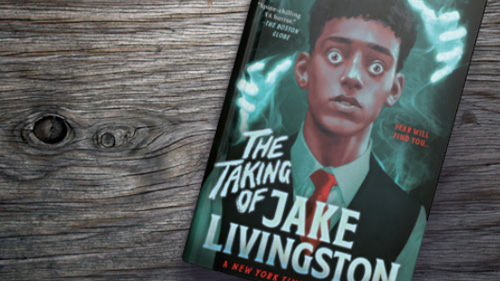
My mother tells this story of being so exhausted that she couldn’t get up to rock my older brother, her first child, back to sleep in the middle of...

In just the past few weeks, I’ve seen two friends post on social media about their spirit animals. Neither of them is Native American. Recently,...
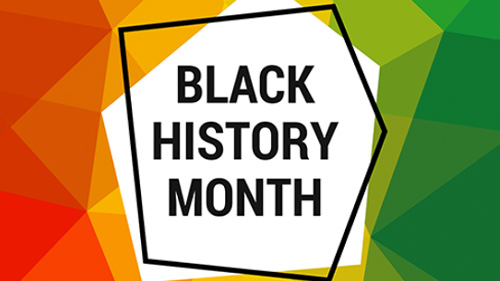
On December 20, four days after his semester finished, my youngest son flew home for Christmas break. On December 29, he flew back—19 days before his...

Okay—circle of trust here. After dropping my youngest child off at college all the way from San Antonio, Texas, to Lawrence, Kansas, at The...

May is Mental Health Awareness Month. It’s also the last full month of school for traditionally-scheduled districts. I think mental health is the...
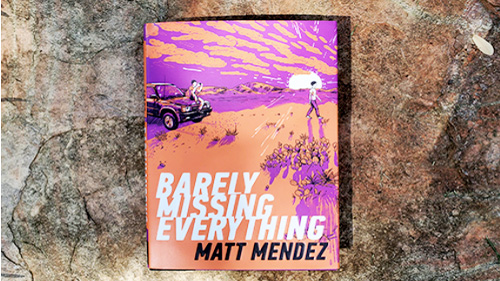
Driving into El Paso, Texas, at night on I-10W remains a glorious sight to behold.

In Kimberly Brubaker Bradley’s Fighting Words, 10-year-old protagonist Della gives readers a front row seat to her daily life in foster care with her...

In recent months, the Taliban in the Middle East has taken over once again after American troops removed themselves. The first person I thought of...

The words are never right. The time is never perfect. And life keeps piling stress after stress onto the people we love. What do we say to someone...

If we all trace our lineage back generation by generation, you will almost always find a fearless woman at the forefront of care, kindness, and the...

Growing up with three brothers and not Catholic, quinceañeras weren’t really a thing we did. But when Yvette Guerrero turned 15 and Betty Espinosa...
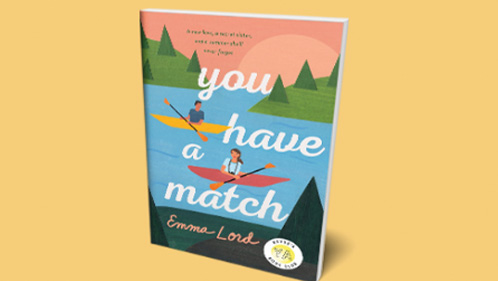
Every time I open up Instagram, Facebook, or Twitter, I’m given the option to post to stories or urged to open the stories of others. Pictures that...
